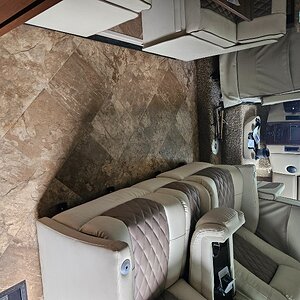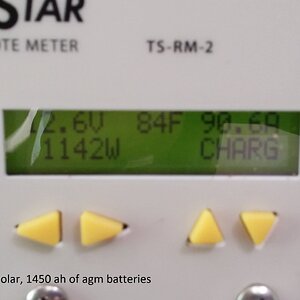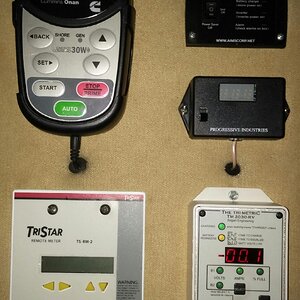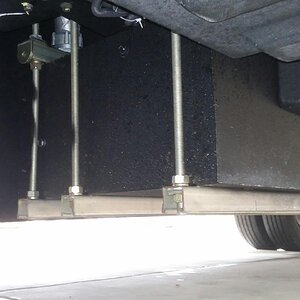Travelskip
RVF Regular
- Joined
- Aug 24, 2023
- Messages
- 6
- Location
- St. Petersburg, FL
- RV Year
- 2007
- RV Make
- Keystone Cougar
- RV Model
- RLS291
- RV Length
- 30‘
- Fulltimer
- No
Well, the cost of a LFP (not Lipo ) battery are negligible.
) battery are negligible.
Absolute no maintenance. They are probably good for 10 or more years, have less weight, much better Amp to weight ratio, don’t need an extra battery compartment, no gases, no smell and no worries about overcharging, overdischarging etc. The internal BMS takes care of this. The good ones have also an active balancer.
Last year we did not use our camper and the LFP battery was still at 13.2V, almost the same when we left it.
I did some maintenance during the year, needed some light and had to move the slide outs several times. Still at 13.2V
Since there is no power at the RV storage there was no trickle charger and no charging in between.
Absolute no maintenance. They are probably good for 10 or more years, have less weight, much better Amp to weight ratio, don’t need an extra battery compartment, no gases, no smell and no worries about overcharging, overdischarging etc. The internal BMS takes care of this. The good ones have also an active balancer.
Last year we did not use our camper and the LFP battery was still at 13.2V, almost the same when we left it.
I did some maintenance during the year, needed some light and had to move the slide outs several times. Still at 13.2V
Since there is no power at the RV storage there was no trickle charger and no charging in between.












